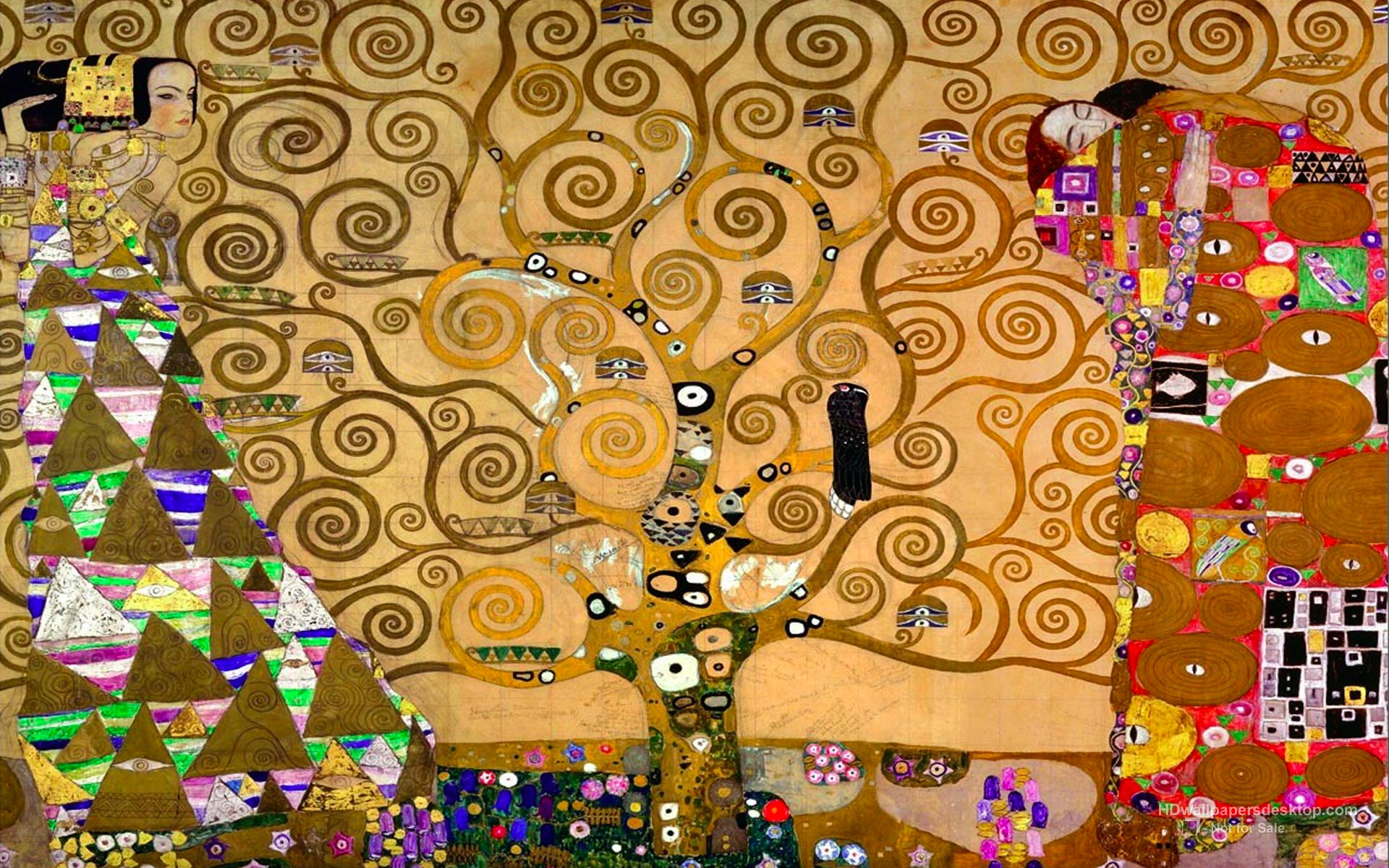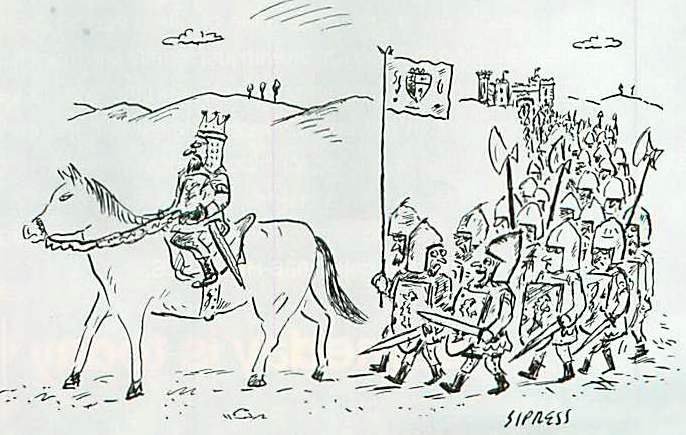The Body Politic of God, Part I

Revelation, and the Tree of Life
[Note: a pdf version to print or read is here.]
While it has quickly faded from headline status of the daily news, as of this writing it’s been scarcely six weeks since the most recent terrorist attack on our homeland occurred in Boston. Germaine and I were mildly surprised that while visiting extended family in Beantown two weeks ago, the topic never even came up in an entire dinner conversation.
What a contrast to only a month before when the 24-hour news cycle was consumed with the investigation, identification, killing of one suspect and capture of his brother. Reports have subsequently progressed from forensic investigations of the who and how, to the bewildering why of it all.
But early on, the President Obama had asked the deeper question to which a more sobering answer is still sought. “There are still many unanswered questions,” Obama had said in his first official remarks. “Why did these young men who grew up and studied here as part of our communities and our country resort to such violence? … The families of those killed so senselessly deserve answers.”
In other words, how could these two former Chechens who’d been welcomed into our country, with all the opportunities our society has to offer, be so convicted (“radicalized” is the contemporary nomenclature) by such a religiously driven alternative value? Red-blooded Americans were more than a little bewildered. We felt betrayed.
When the residents of Watertown poured out of their homes to line the streets after the order to “shelter in place” all day, they cheered their law enforcement personnel as triumphant heroes. The tribe was safe once again; at least for a while. But it remained almost inconceivable to us how the captured younger brother could have turned on our tribe for something he deemed preferable; to the extent he – like his older brother — was willing to wage holy war against those he now perceived as enemy-infidels; and be willing to martyr himself and sacrifice his life.
As horrific as rational people viewed the actions of these two, and as twisted and misguided as we would view their motives, a purely objective view of their particular consensual reality reveals some traits that are much more universally shared. In addition to their apparent lack of assimilation into our worldview – despite all it had afforded them – their most recent historical/cultural heritage was one of exile and persecution.
In the 1940’s, Stalin’s ethnic deportation of Chechens from their homeland had been followed by decades in which Russians have subsequently killed more than 100,000 people. Such tribal warfare has resulted in the oppressed and persecuted seeking meaning out of their dire predicament. Some Chechens have subsequently found such meaning in a form of religious (in this case, Islamizing) “radicalization.”
With only a small degree of detachment, add to this the daily news from other parts of the world on that same day as our own homeland was attacked by one of its adopted own, and one begins to wonder why we should see the Boston terrorist attack as anything out of the ordinary. On the day of the Marathon, when one evening news broadcast finally turned to its usual segment it calls “the other news of the day” it included this: “At least 55 people were killed in Iraq today in a string of coordinated bombings between warring factions from Baghdad and Fallujah to Kirkuk and Tikrit.”
Then two days later, some members of the US Senate successfully defeated any attempts to pass legislation attempting to curtail the 30,000 annual firearms deaths in our own country citizenry. If life is supposed to be a dream, it seems more like a violent nightmare sometimes.
A fantastic dream or cataclysmic nightmare is sometimes the way the last book of the Bible, Revelation, is aptly described. But it concludes with some descriptive lines that have inspired poets and artists; and instilled hope in those found forever presiding before the bereaved at the graveside:
Then I saw a new heaven and a new earth; for the first heaven and the first earth had passed away, and the sea was no more. And I saw the holy city, the new Jerusalem, coming down out of heaven from God…. And I heard a loud voice from the throne saying, ‘See, the home of God is among mortals. He will dwell with them; they will be his peoples, and God himself will be with them; he will wipe every tear from their eyes. Death will be no more; mourning and crying and pain will be no more, for the first things have passed away.’ Then the angel showed me the river of the water of life, bright as crystal, flowing from the throne of God and of the Lamb through the middle of the street of the city. On either side of the river is the tree of life with its twelve kinds of fruit, producing its fruit each month; and the leaves of the tree are for the healing of the nations. Nothing accursed will be found there any more. (Rev.21-22)While such a vision may seem like nothing more than a wistful hope of another world, or an unrealistic and naïve pipedream for this one, for the writer of Revelation it was actually instead a very realistic critique of the socio-historical and political reality of his day. While set in symbolic language to be reinterpreted again and again in succeeding years to come, the understanding of the personhood and message of Jesus by this early believer in exile was, in fact, that of a direct challenge to the evil (Roman) empire of his day.
As Professor Elaine Pagels asks in her new book, Revelations: Visions, Prophecy & Politics in teh Book of Revelation, the author of Revelation must have wondered as he found himself estranged from his homeland, tribe and desecrated city (polis, Jerusalem, which was the earthly locale of all his religious, political, and cultural meaning, and which now lay in ruins), “Why would God allow these demonic forces and their arrogant human agents to overrun the world with apparent impunity?”
Pagels’ assertion: “What John did in the Book of Revelation was create anti-Roman propaganda that drew its imagery from Israel’s prophetic traditions.” The estranged and dispersed “twelve tribes of Israel” had once again found themselves in desperate need of reinterpreting the signs of the times. Now transpose the names and places and consider our contemporary experience, yet once again.
If one were to have merely watcedh the initial and continuous live coverage of the investigation of the latest terrorist bombing on our homeland, one might think that questions of life and death were nothing more than the sought-after revelation to be found in forensic clues that would presumably find resolution and certainty in the empirical how and why of the perpetrator; as if that alone might somehow bring about the “healing of the nations.”
Fact is, as Pagels points out, the Book of Revelation was only one of more than twenty contemporaneous compositions called revelations. Such dreams and visions (even such nightmarish dreams with beasts and dragons, whores and demons) comprise the kind of thing that might be found in any religious tradition and any age. And since we are, by nature, a communal collection of individual lives and experiences that together comprise a polis, our separate “tribes” end up with our own unique political worldview.
The results can be a revelatory experience, an encounter with something that is not only greater than the sum of one’s own conjuring and imagination; but to which we even attribute something more than merely the collective whole. It not only creates a new consensual reality from which a new worldview emerges, but – in a religious context – gives rise to something that one might consider to be more than the sum of all its parts.
Such a shared, newly-experienced corporate worldview can lead to all kinds of revelatory “visions” that might be found at the very core of any religious tradition. In the biblical tradition, it could be a burning bush, for instance; or even any of those various post-resurrection accounts in the canonical New Testament of a risen Lord.
As such, if one were to concede the existence of such a notion as a divine Other, one might even describe such a vision as the “body politic of God.” How then would “the people of (such a) God,” envision such a “new heaven and earth?”
The Book of Revelation is often found to be most popular among those religious nut jobs who are constantly interpreting the universal themes found in the battle of good and evil as signs of some certain apocalyptic end time; and differentiating the tribes of those who will be saved from those who will be lost, left behind and damned.
However, given the obvious fact such end-time predictions have been re-scheduled over and over again for nearly two thousand years (so far), we might better consider the recurrent, universal themes to be found in this allegorical tale; and look with fresh eyes and see Revelation as more about this world of ours that continues to self-implode upon itself over and over again.
How might we be open to being encountered in another, revelatory view of the polis in which we all inextricably dwell?
We so often define ourselves by differentiating ourselves, our tribe, our polis from the other. Often it is historically expressed by those who are perceived as the oppressor and those who are oppressed, the conqueror and the vanquished.
Early Christian believers like John of Patmos were banished, persecuted and killed for a couple centuries until (4th C Roman emperor) Constantine’s conversion that may have had as much to do with military/political expediency as new-found religious conviction. But as Pagels points out, once Christianity found favor with the empire, church hierarchs themselves commenced a form of tribal warfare among believers.
Athanasius (4th C Bishop of Alexandria) was believed to have been the first and earliest hierarch to include Revelation in what became the New Testament canon. He then turned around and interpreted the story of judgment and damnation in that canonized scripture as a way to distinguish the orthodox believers from doomed heretics. It seems the more things change, the more …
Truth is, for John of Patmos and other early, second generation Jesus followers the “times” may have not been all that different than those in which we continue to find ourselves. And, given a fresh re-reading of this old book, that longed-for “new heaven and earth” might still provide hope for that vision that is yet to be realized. And further, it may have more to do with what all tribes have in common, than what sets us apart.
A future, revelatory time that brings an end to death and weeping (as Revelation describes it) has typically been read as fantastic escapism and prediction of terrorizing end times. Instead, there is a body politic of God that may offer a different vision for this weary world, here and now; and not its replacement in the sweet by-and-by.
Part II of this commentary will further explore these ideas.
© 2013 by John William Bennison, Rel.D. All rights reserved.
This article should only be used or reproduced with proper credit.
To read more commentaries by John Bennison from the perspective of progressive Christianity and spirituality go to *http://wordsnways.com



